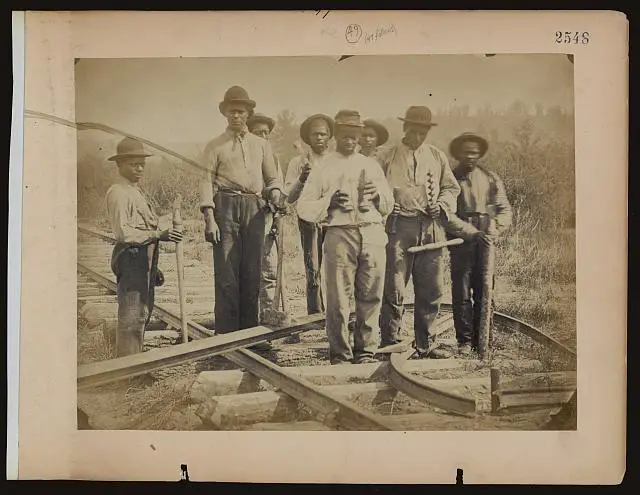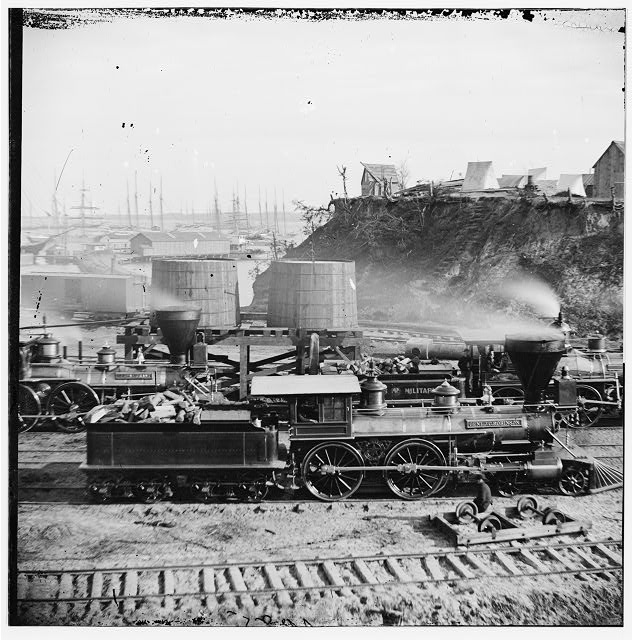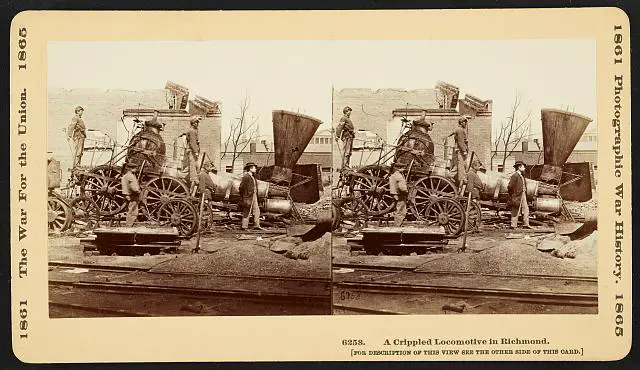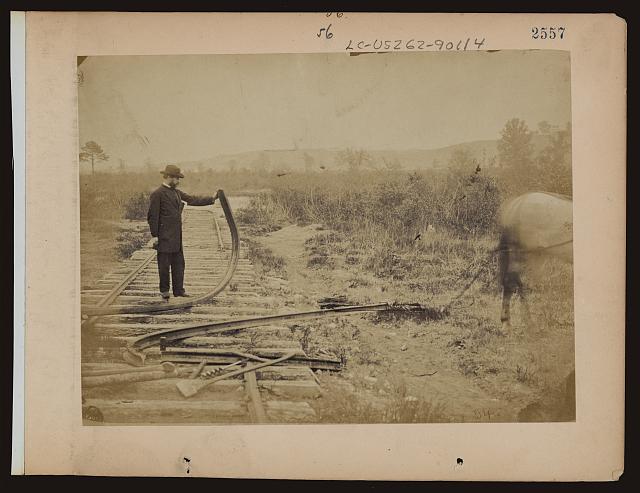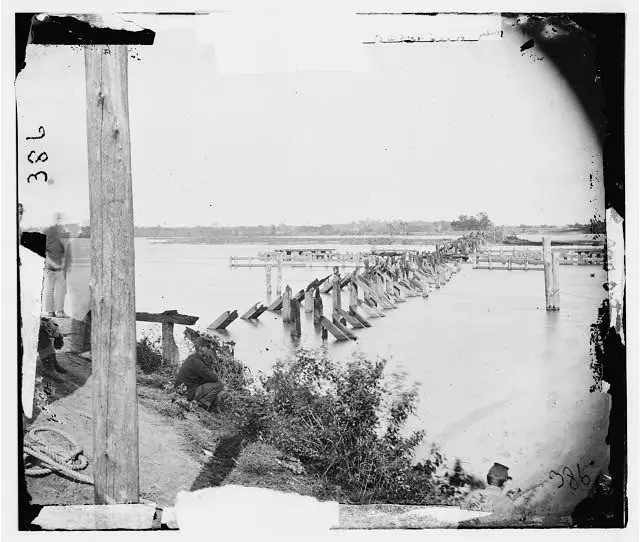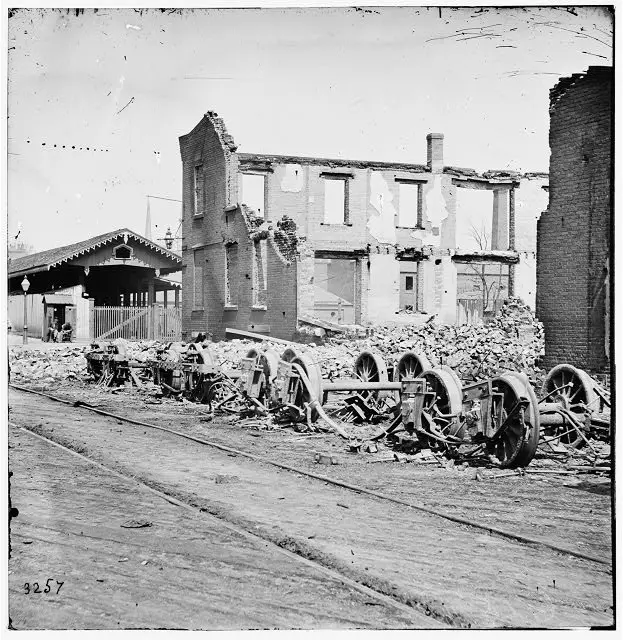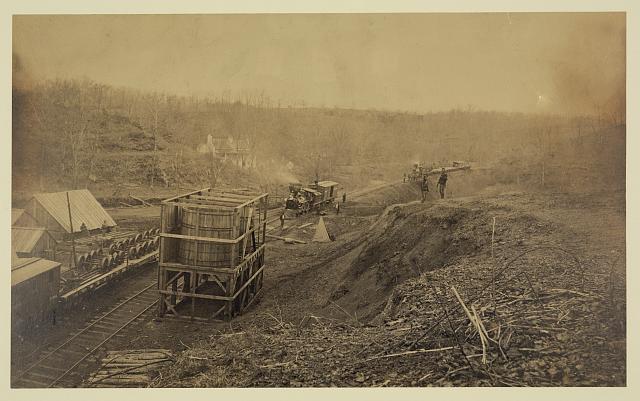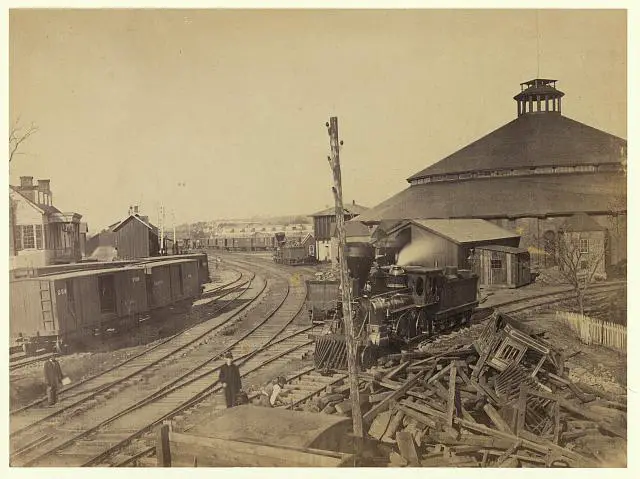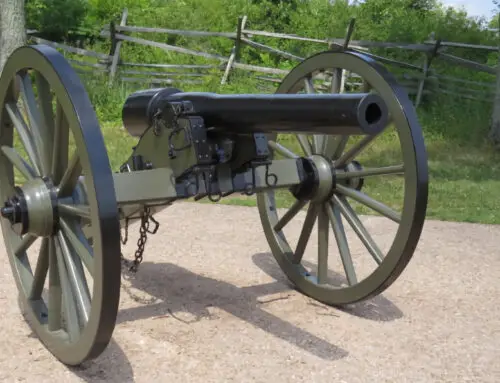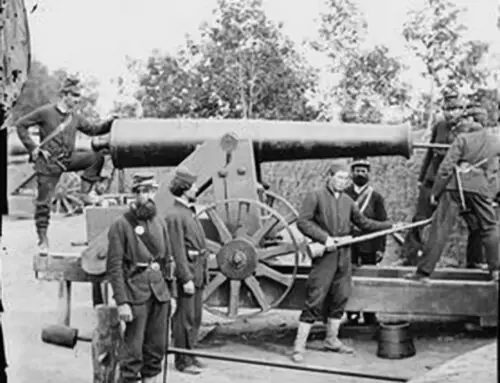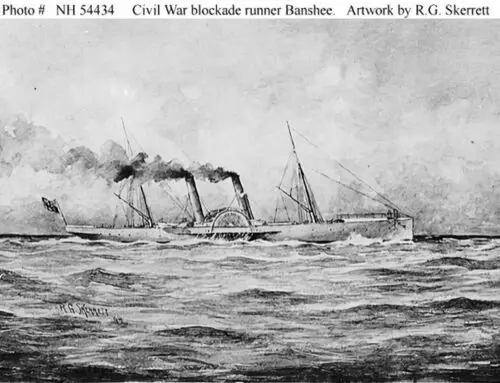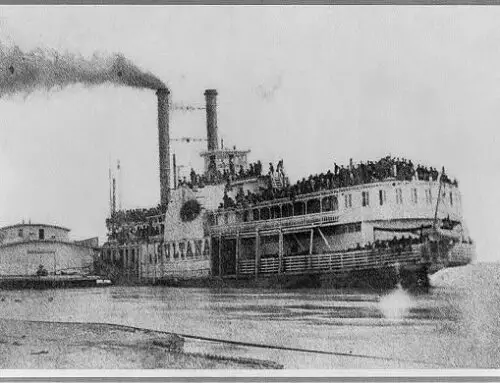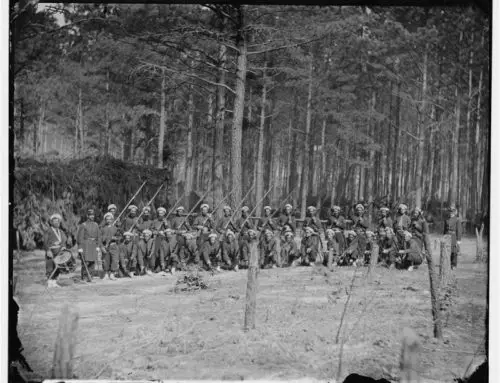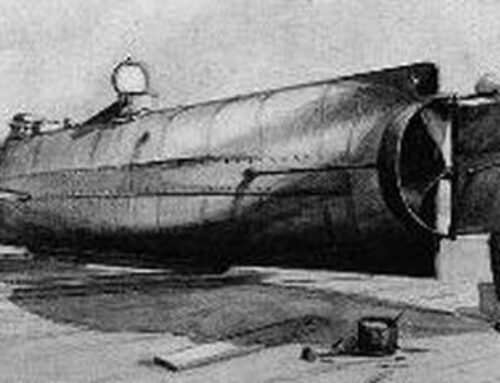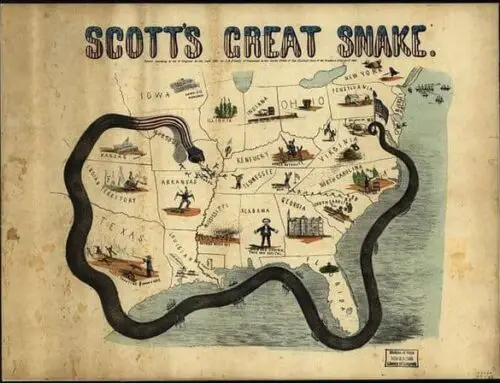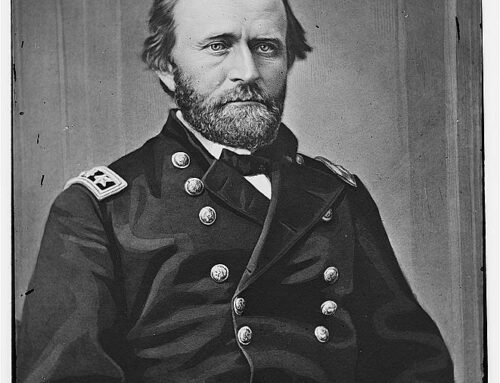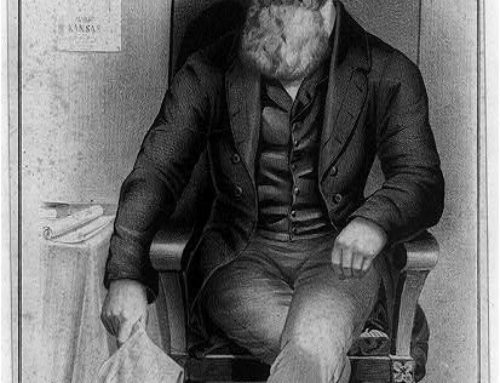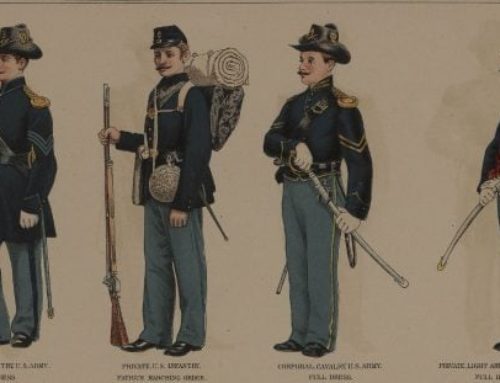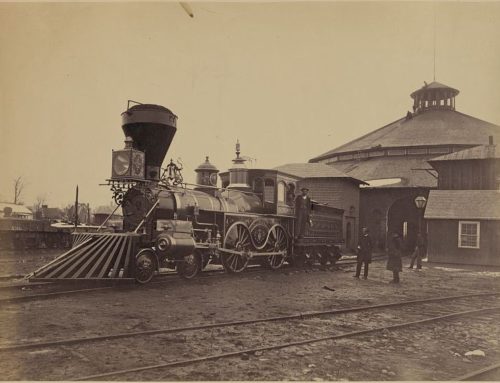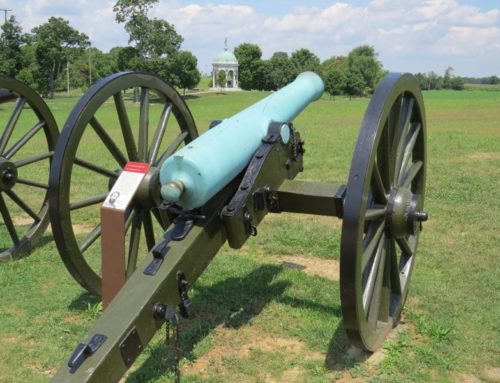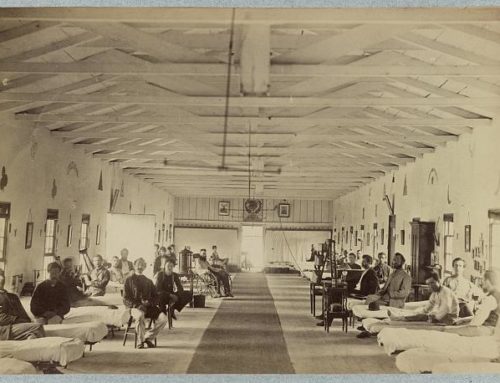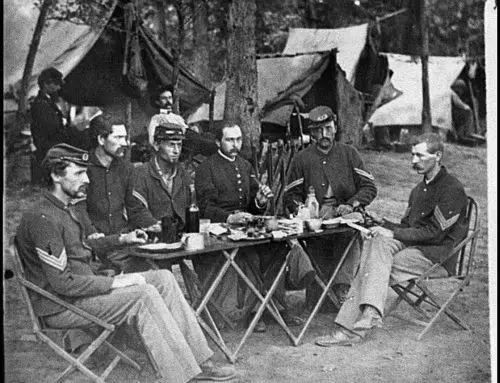Confederate railroads could never measure up to their Union counterparts. The Civil War showed the necessity of a very good railroad system. Civil War technology created the first modern war and it was the first war of movement using railroads on a large scale.
At the beginning of the Civil War in 1861 both the Union and Confederate states had railroads in which to transport goods, services, troops, men, and much needed food supplies to the major cities.
Union Railroads
The North was an industrial powerhouse and it’s railroads were in full force connecting major cities such as Philadelphia, New York, and Washington all having a viable, very productive and efficient railroad system in which to ferry goods and services to and from.
Railroads of the Confederacy Had Issues
The Confederate railroads were never in great shape even at the start of the war in 1861. There was no uniform gauge(railroad gauge is the width between the rails). Gauge in the south varied from 4 feet wide to 6 feet wide. This meant that a train could not freely travel across the entire Confederate rail network. Only trains that fit a specific size gauge could use the tracks.
The rail network itself was also not properly connected. Rail lines abruptly came to an end as soon as they reached certain towns or destinations. The south never put much effort into creating a great railroad transportation system. Their only real interest in trains was to use them to transport agricultural items such as cotton and tobacco to market and to the coasts where they could be loaded onto ships and exported for sale. They didn’t think using trains for anything else was very important.
This lack of purpose, connectivity and different gauge sizes made the Confederate railroad network a mess and extremely inefficient.
The Problem with the Confederacy
The Confederate States of America (CSA) seceded from the United States on the basis of states rights. They did not want a centralized Federal government telling each state what they can and cannot do. This attitude affected the Confederate government as well. Each Confederate state also did not want the central Confederate government to take away their individual states rights and start telling them what they were allowed to do.
This independent mentality is usually a good thing but in the case of the Confederacy it was bad. It meant that people and businesses wanted to act independently and do their own thing and not cooperate with each other. Normally this would be fine but it is much different in a time of war.
Contrast this with the Union mentality. The Union worked like a well oiled machine, everyone worked together as a team in order to win the war. Being independent minded is great but when you are faced with an enemy trying to conquer you it is best to start working together for the common good. This is something the Confederates never quite understood.
Confederate Railroads
This attitude extended to the Confederate railroad companies as well. The railroad companies refused to work together, they looked at each other with scorn and as nothing more than competition trying to steal their business. Each company used their own rail line and refused to allow any other companies locomotives to use their tracks.
Since the Confederate rail network was not properly interconnected with each other when a train reached the end of a particular line, goods and people had to be removed from the train and transported to another track and onto another train to continue onto their final destination. This delay required passengers to wait in town and find hotels and other accommodations. Meanwhile teamsters (they drove teams of horses with wagons) removed the train cargo and transported it to another rail line and onto a new train. This was no way to run a railroad especially during a war.
Fixing this problem by connecting all railroad lines together using the same railroad gauge and allowing trains to all use the same tracks would have solved this issue and make the railroads run much more efficiently. The railroad owners, teamsters and the local businesses where the trains stopped were against any thought of making these changes since it would hurt their business and ability to make money.
Confederate Railroads During the Civil War
The start of the Civil War revealed the glaring weakness in the Confederate railroad system. It took men and material to repair and keep the railroads of the South working. As the war began most of the labor joined the military to fight the Union.
Railroads did play key parts in some battles for the Confederates such as Shiloh, Chattanooga, First Manassas, the Peninsula Campaign and others.
As the Civil War dragged on the Confederate railroads deteriorated more and more. The Union blockade of southern ports made it impossible for the Confederacy to purchase the much needed supplies such as iron it needed to property maintain the tracks and the locomotives. The railway system continued to fall apart.
During Sherman’s March to the sea Union troops destroyed everything in their path. They ripped up southern railway lines, heated the rails on open fires and twisted them around trees making it impossible to reuse them for repairs.
The Confederates themselves were forced to destroy rail lines, bridges, tunnels and anything else that was about to fall into Union hands.
At the end of the war the Confederate railroads were decimated. They did however quickly rebound after the war ended. The Union understood the importance of a functioning railway system in the south and gave it priority during reconstruction. The new southern railroads helped to transport goods and supplies around the south in order to help repair the damage done during the Civil War.


